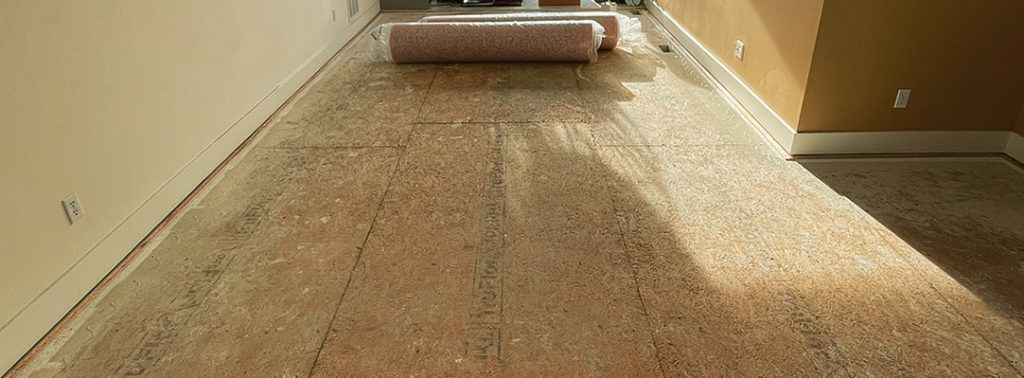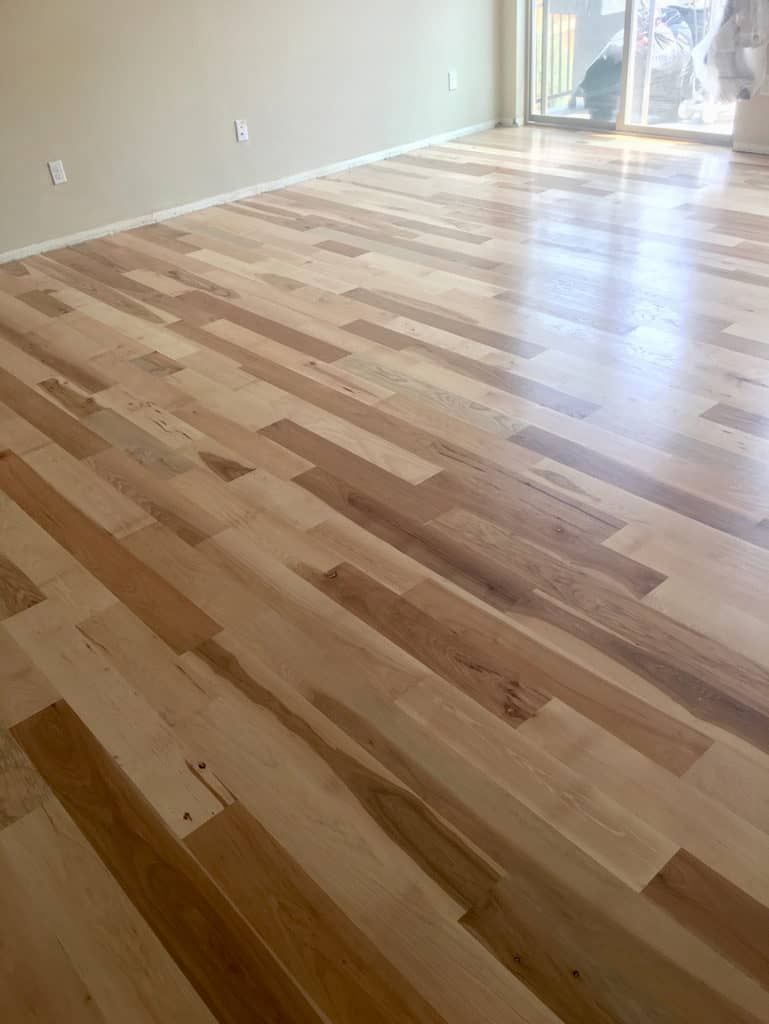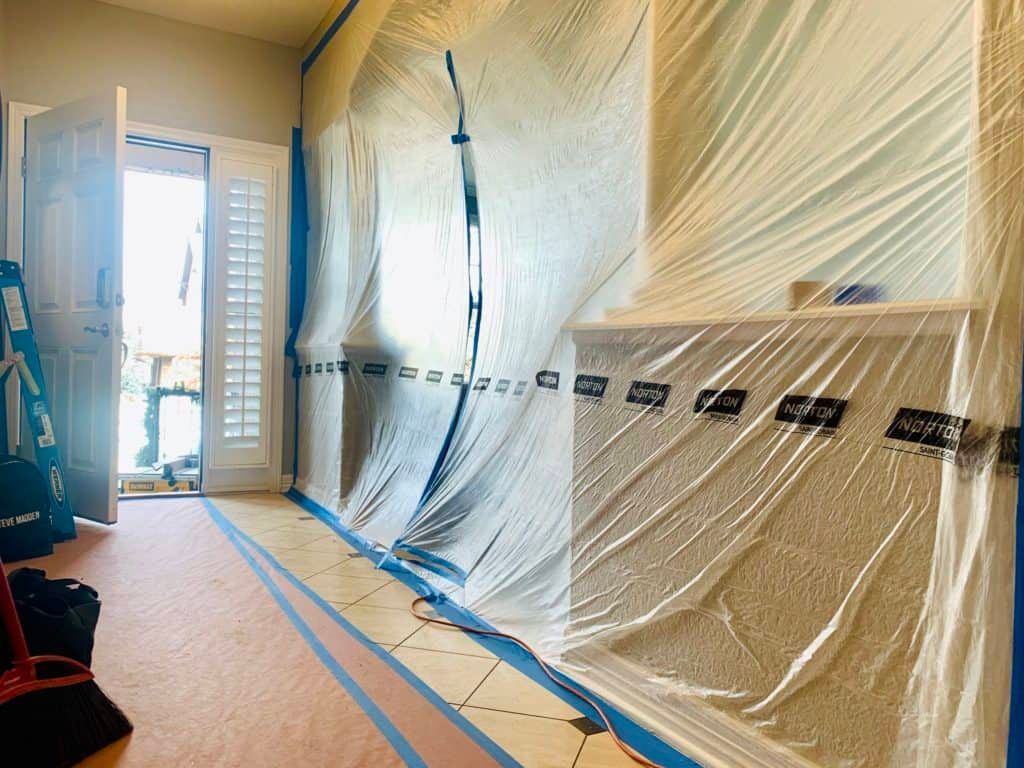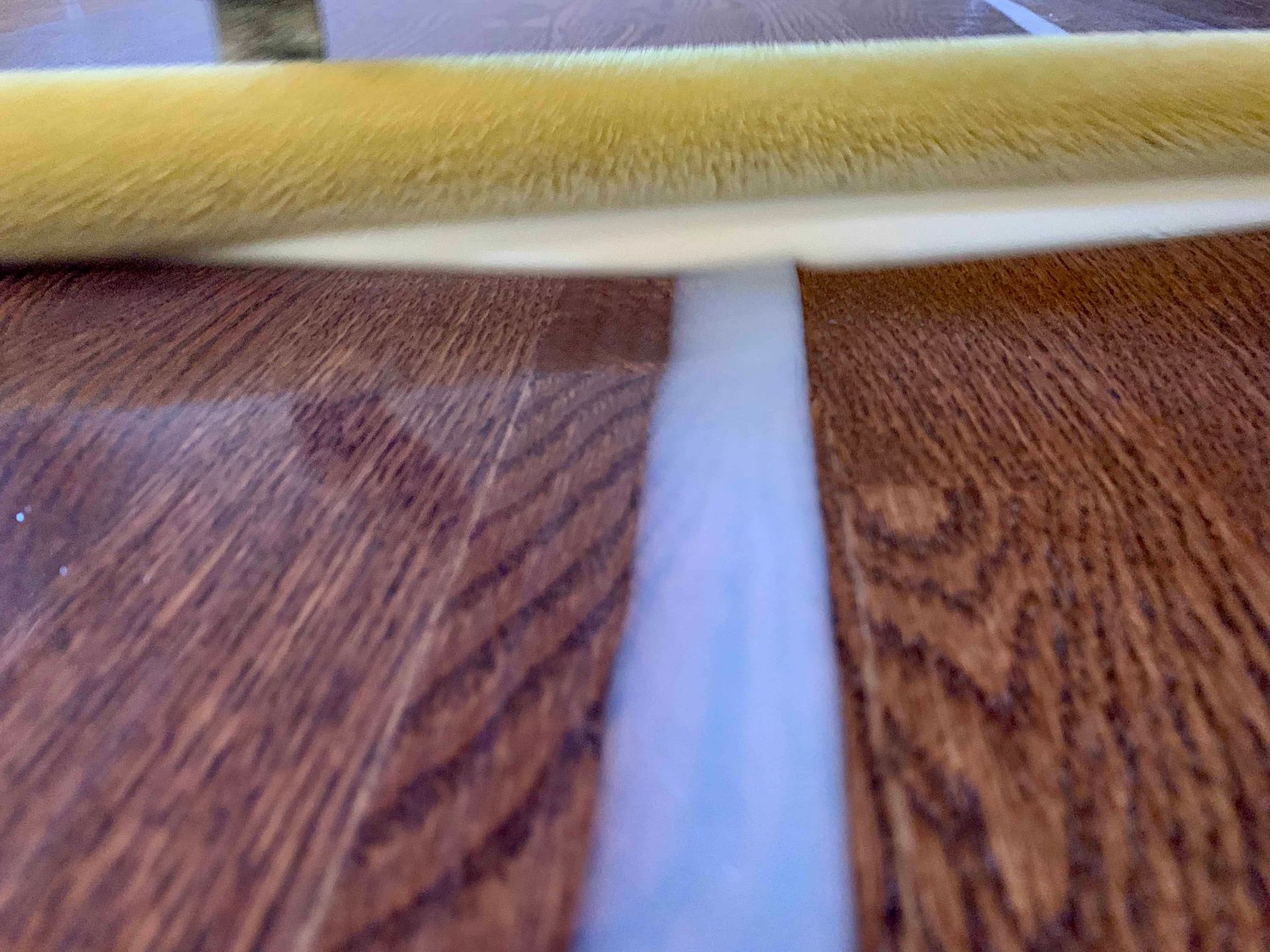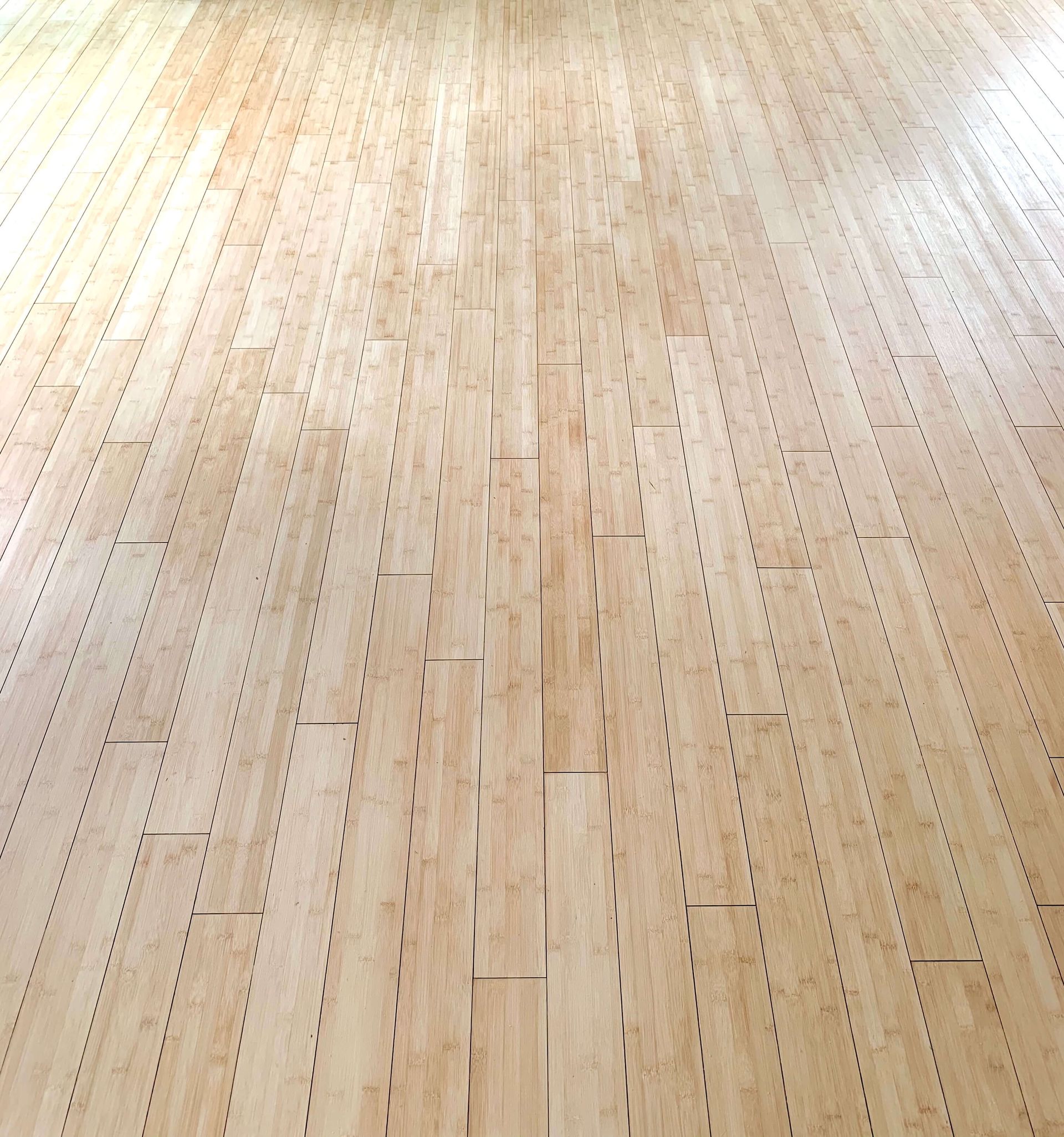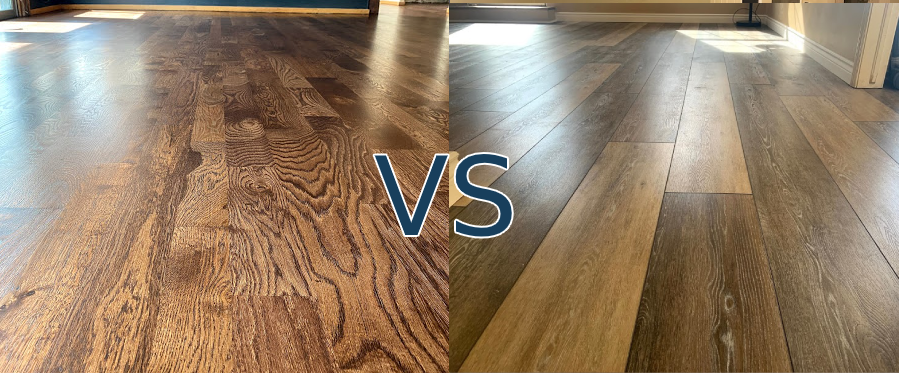Get in touch
Call: (720) 539-9899
Email: walnuthardwoodllc@gmail.com
Service Areas: Denver, Aurora, Lakewood, Thornton, Arvada, Westminster, Centennial, Boulder, Longmont, Greeley, Fort Collins, Littleton, Englewood, Broomfield, Castle Rock, Commerce City, Parker, and Brighton in Colorado.
Business Hours
- Mon - Thu
- -
- Friday
- -
- Sat - Sun
- Closed
Hardwood Moisture Guide
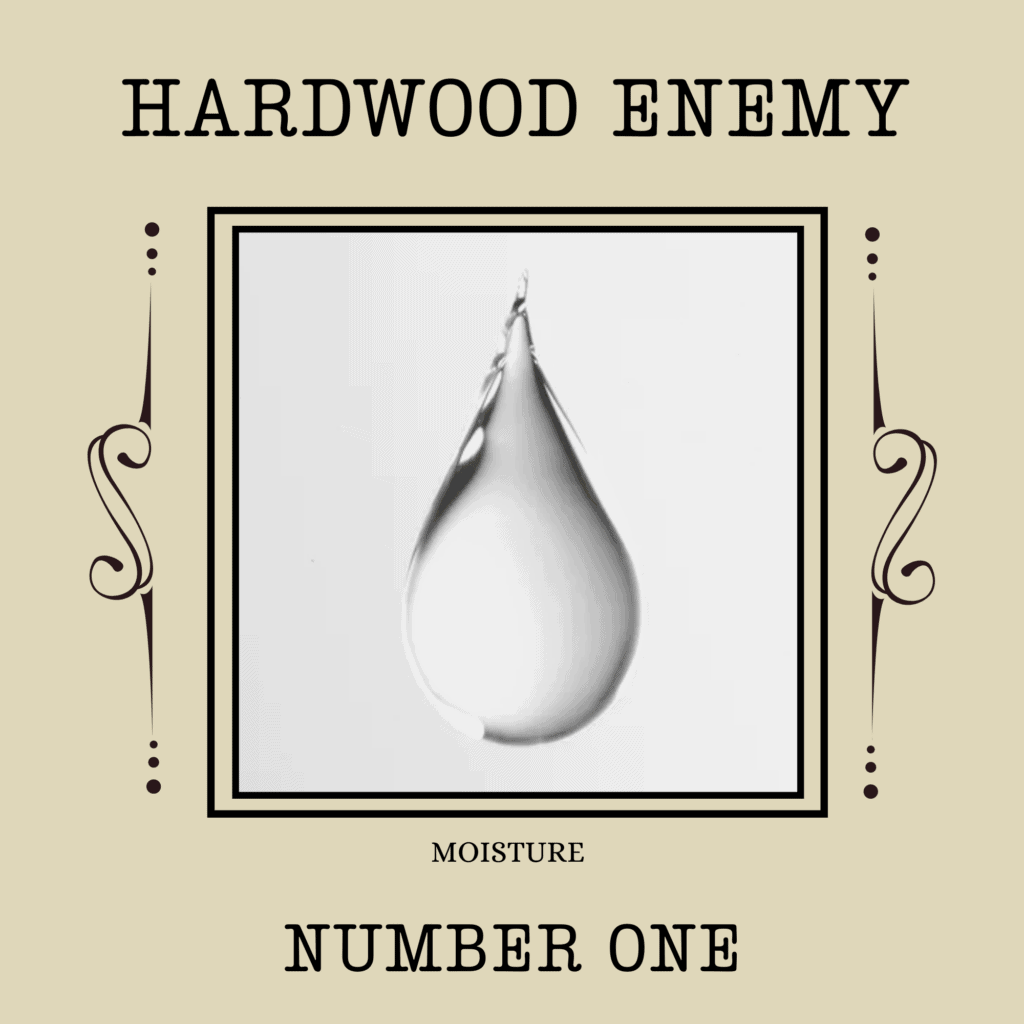
As you may know, water or moisture is not a friend to hardwood. This sneaky chemical compound can affect your flooring in many ways from accidental spills and appliance leaks to seasonal environmental changes. Our Moisture Guide is here to help you understand the easiest ways to prevent or combat the influence of moisture on your hardwood flooring!
Walnut Hardwood LLC is a Denver-based flooring contractor committed to providing the best information for our clients and neighbors. In this article, we will answer commonly-asked questions about hardwood species and their specific characteristics.
Other related topics:
First and foremost, a little science. Hardwood naturally holds water. In fact, when a log is newly cut it can have a moisture content of 100%. Most of that water is held in the spaces between cells, this is called free water. However, some water molecules also bind to the cell walls. Once trees are harvested and milled they are dried in kilns. This drying process eliminates the free water and brings the wood to its fiber saturation point (FSP), which signifies that the hardwood has lost all of the free water while the bound water stays intact. It is when the moisture levels reach below or above the FSP that you will see your flooring expand or contract dimensionally.
Why is it important to know how hardwood dries? Because wood is a hygroscopic material. This means that it will be affected by the amount of moisture in the air. Both the contractor and the homeowner are responsible for ensuring that the hardwood and the environment it will be installed in are conducive to an appropriate and lasting floor installation.
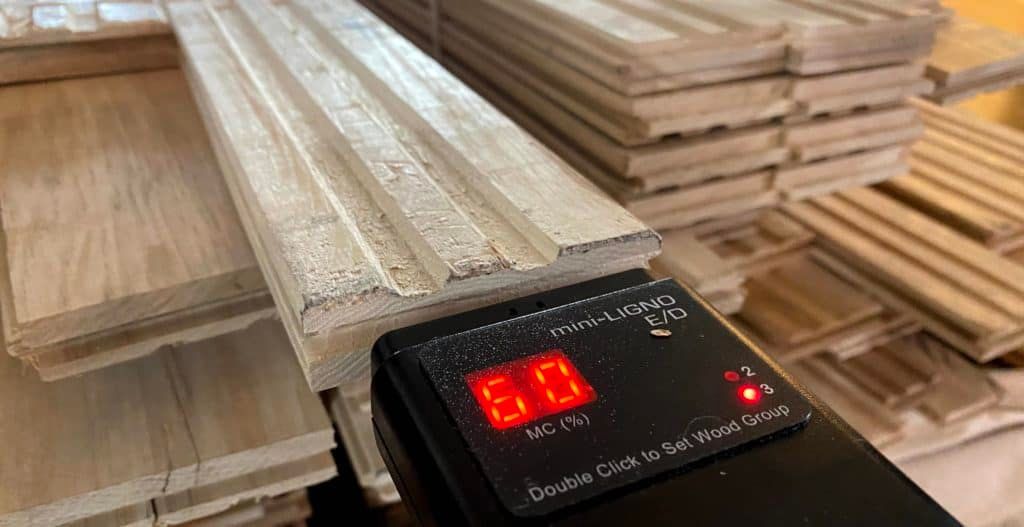
The Contractor’s Responsibilities
- Inspect the subfloor and test the moisture levels. Use a moisture resistant barrier before installing.
- Acclimate the hardwood: before hardwood is installed it should always be acclimated to the environment it will live in. This can take anywhere from 3 days to 1 month.
- Take moisture readings of the product before and after acclimation.
- Moisture levels change throughout the year depending on the season. In Denver, The U.S. Department of Agriculture has determined that the average moisture level for lumber, using a moisture meter, should be around 6-7.
- Compare that to coastal states whose average moisture levels can range from 8-13.
- Keep in mind, modern HVAC systems can affect the average moisture levels in a home’s environment.
- Install with an expansion gap around the perimeter of the room. This allows the hardwood to expand and contract, which it will do naturally.
The Homeowner’s Responsibilities
- Use a hygrometer: this tool measures the amount of relative humidity in your home’s environment. You can find a combo hygrometer, thermometer device at your local hardware store.
- Hardwood performs best at 35% – 55% relative humidity levels and between 60-80 degrees fahrenheit.
- Using a humidifier or dehumidifier can help you manage your home’s humidity levels throughout the year.
- With a hygrometer you can determine when your home’s environment is susceptible to large moisture swings, typically between seasons and especially during the fall to winter, winter to spring periods. When your home’s relative humidity fluctuates out of the range it was acclimated to you’ll likely see gapping or cupping.
- Seasonal gapping can be very normal and likely especially after a recent installation. Because hardwood is a natural product, it will adjust overtime to the environment it lives in.
- Make sure doors and windows are sealed properly to avoid leaks and drastic temperature or humidity changes.
- Put down breathable rugs in areas prone to moisture, such as entry points, kitchens, laundry rooms and bathrooms.
When treated properly, hardwood can last for decades. Yes, it demands a little attention and maintenance from time to time but the benefits hardwood provides, from the ability to refinish to product longevity, outweighs the extra care you may need to dedicate to your floors.
Most wood floor problems have to do with moisture. Whether moisture comes from liquid, water or vapor in the air, wood flooring will soak it up like a sponge. Moisture can cause a wood floor to expand to such an extent that it actually moves the walls of a building.
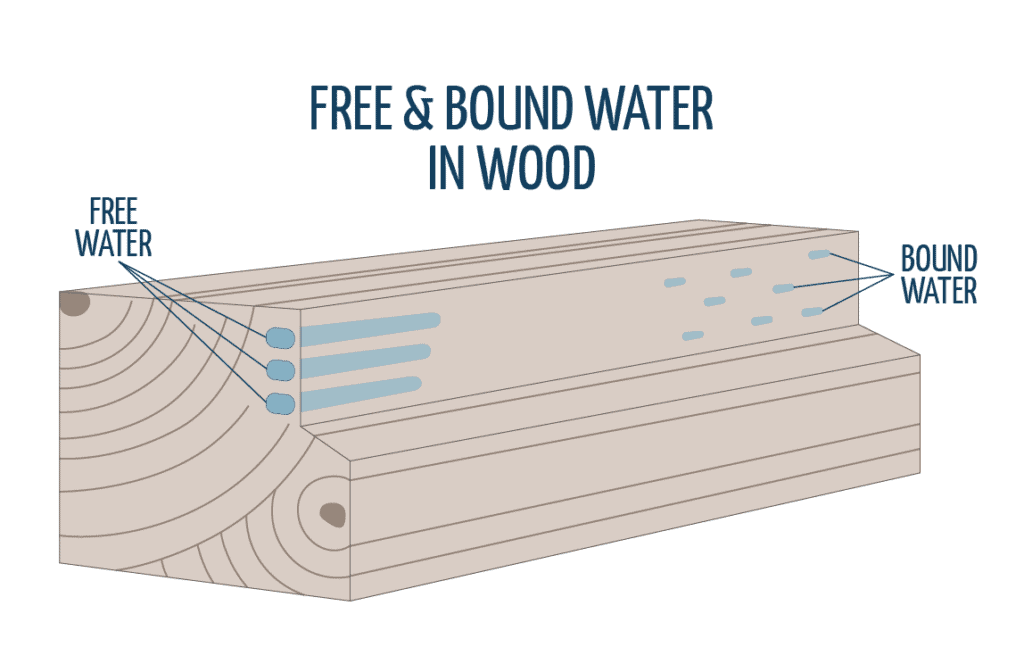
Wood will shrink and swell as the result of moisture content change in the surrounding environment. Free water fills the spaces between wood cells and evaporates relatively easily, whereas bound water chemically joins to the cell walls. This bound water is what causes wood to shrink and swell.
Flooring that is all heartwood is less susceptible to moisture; sapwood floor is generally more sensitive to moisture changes than heartwood.
Wood holds moisture in two ways. The majority of it is free water held in the spaces between the wood cells by capillary action. The second way is through a chemical bond. So called “bound water” is attracted to hydrogen – bonding sites in the wood cells.
Wood flooring expands when it absorbs moisture, so it’s critical to leave a large enough gap between the flooring and all vertical obstructions such as trim, columns, tile or cabinets to protect them from damage.
Walnut Hardwood LLC
Address
Phone
Business Hours
- Mon - Thu
- -
- Friday
- -
- Sat - Sun
- Closed
Service Areas
Denver, Aurora, Lakewood, Thornton, Arvada, Westminster, Centennial, Boulder, Longmont, Greeley, Fort Collins, Littleton, Englewood, Broomfield, Castle Rock, Commerce City, Parker, and Brighton in Colorado.
Business Hours
- Mon - Thu
- -
- Friday
- -
- Sat - Sun
- Closed

